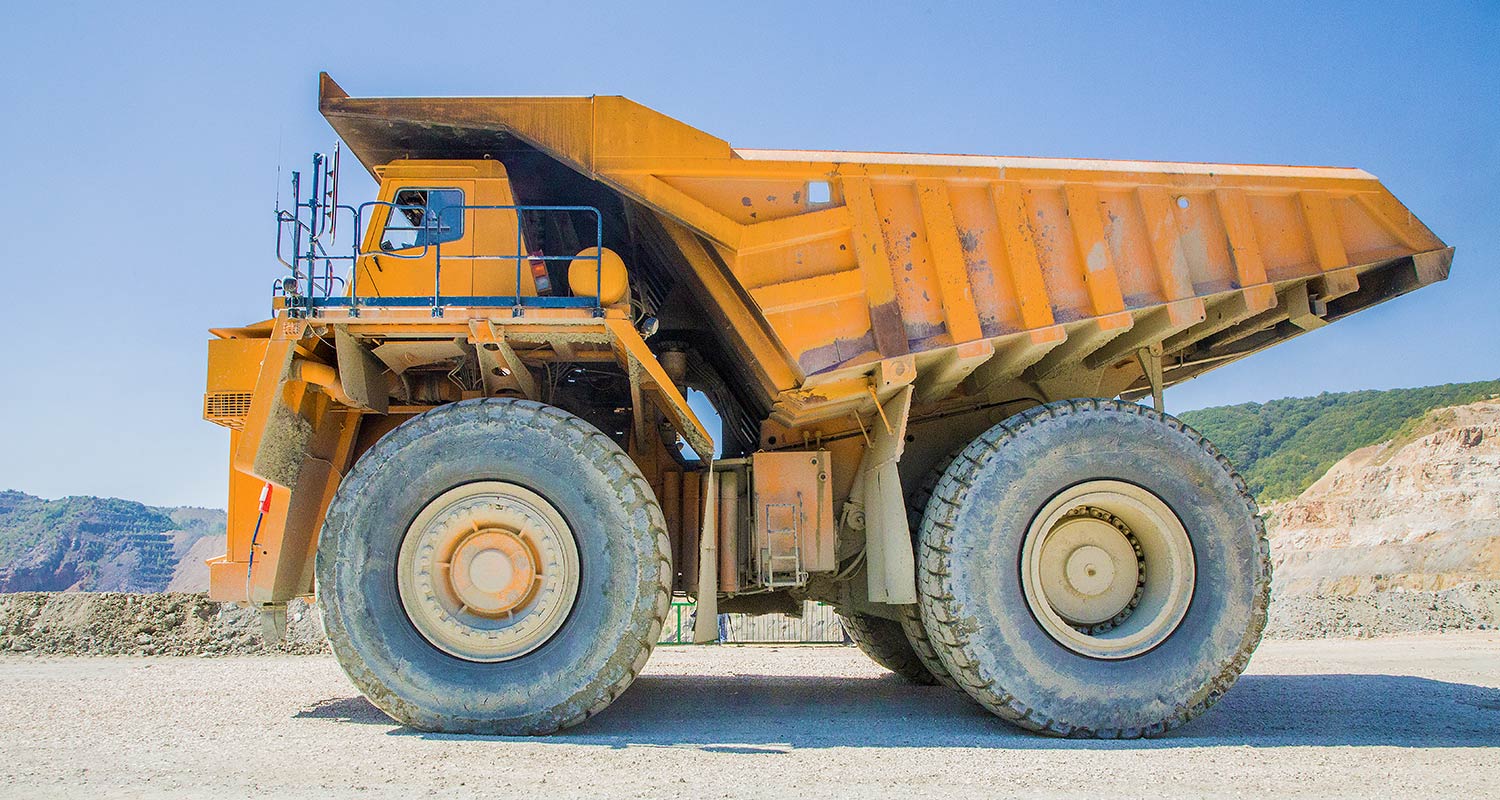Aerial Lift Rental for Construction and Maintenance Projects
Aerial Lift Rental for Construction and Maintenance Projects
Blog Article
Renting Out Vs. Buying Building And Construction Devices: Making the Right Selection for Your Task
When getting started on a building and construction task, one of the essential choices that project stakeholders and supervisors face is whether to rent or purchase building equipment. The choice hinges on numerous elements such as price factors to consider, task period, equipment maintenance, threat, scalability, and versatility management.
Price Factors To Consider
When reviewing the financial element of purchasing versus renting out building equipment, the long-lasting expenses and upfront expenses have to be carefully taken into consideration. Renting devices typically calls for lower first repayments compared to acquiring, making it an eye-catching option for temporary projects or contractors with spending plan constraints. Leasing removes the requirement for large resources investments and reduces the monetary danger related to tools ownership, such as maintenance and devaluation costs. Nevertheless, over time, continuously renting tools can collect greater costs than purchasing, especially for prolonged jobs.
On the other hand, purchasing construction equipment entails greater upfront expenses however can result in long-term financial savings, specifically for frequent users or long-lasting tasks. Possessing devices provides versatility, benefit, and the capacity for resale worth once the project is completed. In addition, owning tools allows for customization and familiarity with details machinery, potentially increasing effectiveness and performance on-site. Ultimately, the decision between buying and leasing building and construction devices pivots on the task's period, frequency of usage, budget plan considerations, and long-term economic objectives.
Project Duration

Alternatively, for long-term jobs or recurring building and construction job, purchasing tools can be the more affordable choice. Getting devices can result in set you back financial savings in the lengthy run, specifically if the tools will certainly be often used. Furthermore, owning equipment provides a sense of control over its schedule and permits personalization to fit particular project demands.

Devices Maintenance
Offered the crucial function task duration plays in figuring out the most economical strategy between renting out and acquiring building devices, the focus currently shifts in the direction of taking a look at the essential facet of devices maintenance. On the other hand, having devices calls for a proactive approach to upkeep to stop malfunctions, ensure security, and expand the equipment's life expectancy. Ultimately, a well-maintained construction equipment fleet, whether rented or had, is important for the reliable and successful conclusion of construction tasks.
Flexibility and Scalability
In the world of building and construction tools monitoring, the aspect of flexibility and scalability holds considerable relevance for job efficiency and resource application. Deciding to rent construction devices gives a high level of flexibility as it permits for the quick adjustment of devices kinds and amounts based on the developing needs of a task.
Renting out building devices provides the benefit of easily scaling operations up or down as job needs vary. Specialists can promptly exchange or include devices to match the task's changing demands without the restrictions of possessing assets that may come to be underutilized or out-of-date.
Danger Administration
Effective risk monitoring in building devices procedures is critical to guaranteeing task success and mitigating potential economic losses. Building projects inherently entail different dangers, such as tools failures, mishaps, and project delays, which can considerably impact the job used heavy equipment dealer timeline and spending plan. By thoroughly considering the threats related to owning or leasing building and construction equipment, project managers can make informed decisions to reduce these prospective risks.
Renting out construction equipment can offer a degree of threat mitigation by moving the duty of repair and maintenance to the rental business. This can minimize the financial concern on the project proprietor in case of unanticipated equipment failings (dozer rental). In addition, leasing provides the versatility to gain access to customized devices for certain task phases, minimizing the risk of owning underutilized equipment
On the other hand, having construction equipment offers a feeling of control over its use and upkeep. However, this likewise suggests birthing the complete obligation for repairs, maintenance prices, and devaluation, increasing the monetary threats connected with tools ownership. Cautious danger assessment and factor to consider of factors such as task duration, equipment use, and upkeep demands are essential in establishing one of the most appropriate choice for efficient threat monitoring in building tasks.
Conclusion
In conclusion, when choosing between renting and getting building and construction equipment, it is very important to think about expense, project duration, equipment maintenance, risk, scalability, and adaptability management. Each element plays a crucial duty in identifying one of the most ideal alternative for the project available. By carefully examining these elements, task supervisors can make an enlightened choice that lines up with their budget plan, timeline, and overall job objectives.

Report this page